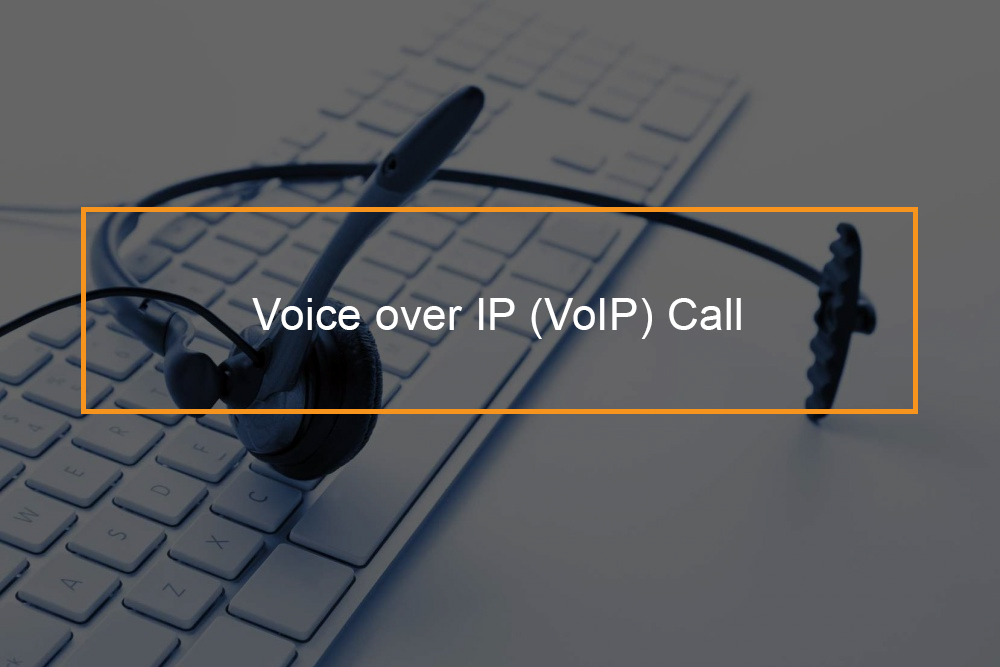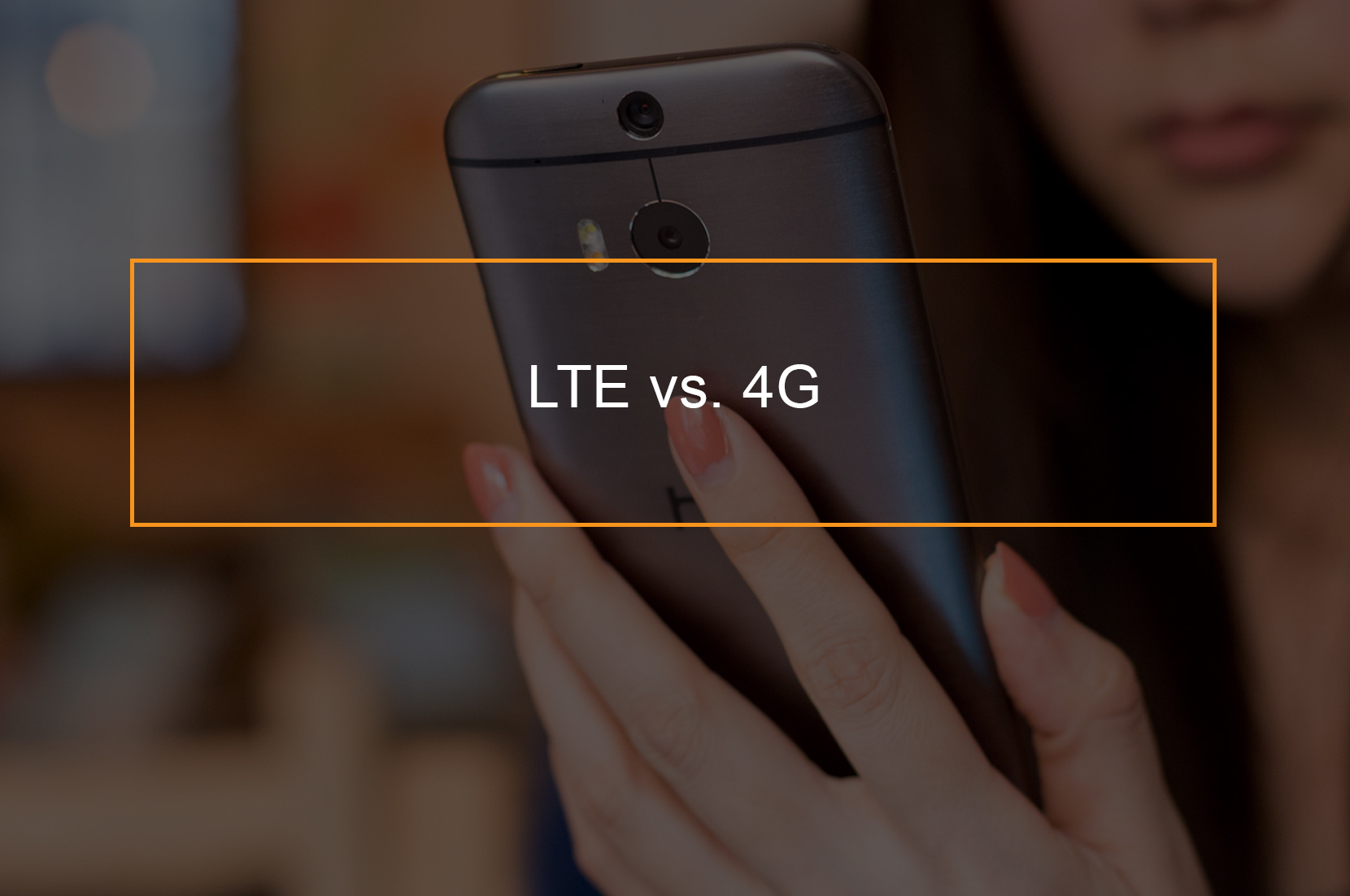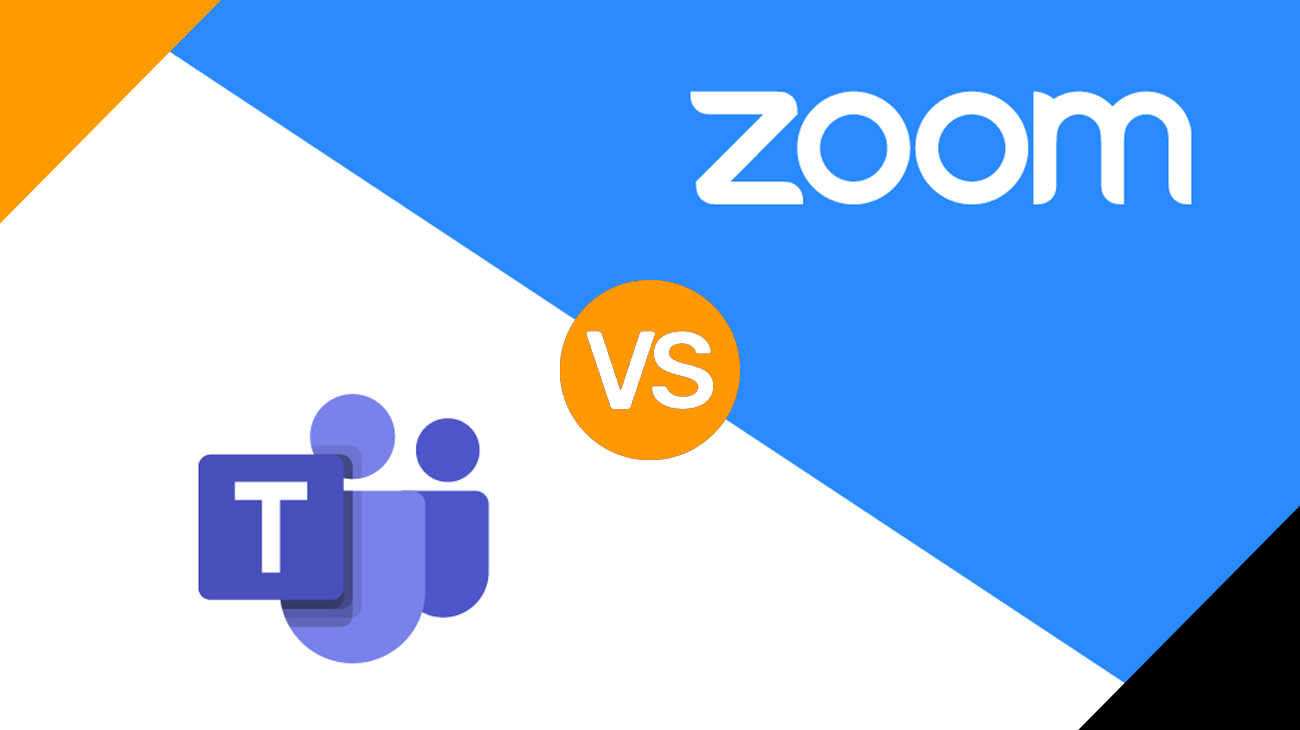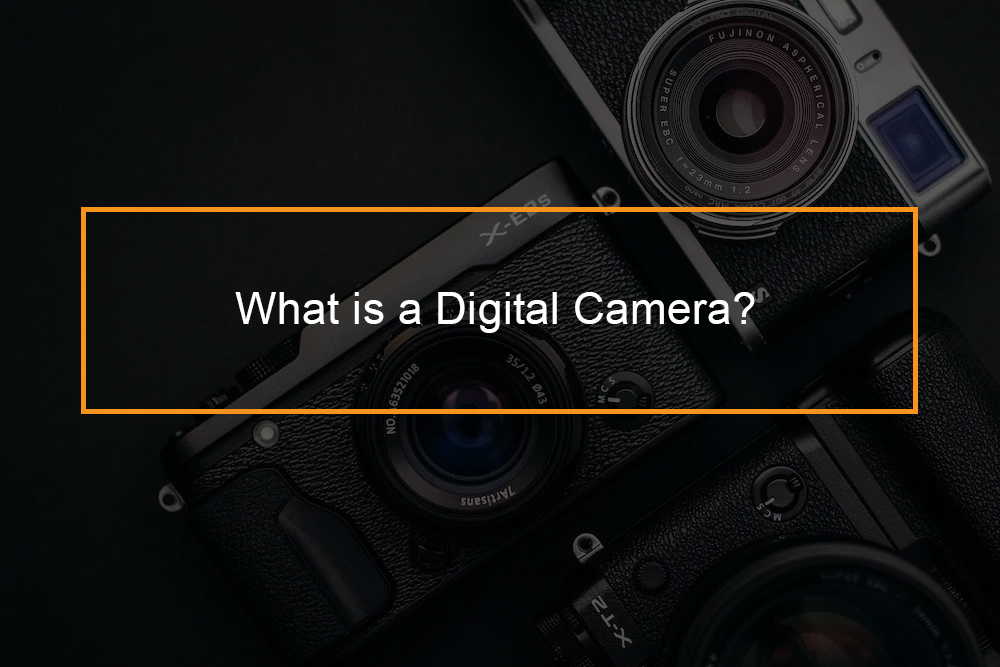Voice over IP: Understanding how it works
 In a VoIP call, the method of transmission used between two IP phones is UNICAST transmission. Contrary to multicast transmission, whereas making use of unicast transmission, a single node issues a stream of data to one other node.
In a VoIP call, the method of transmission used between two IP phones is UNICAST transmission. Contrary to multicast transmission, whereas making use of unicast transmission, a single node issues a stream of data to one other node.
Voice over IP (VoIP) utilizes the Internet Protocol (IP) to transfer voice as packets over an IP network. So VoIP can be attained on any data network that utilizes IP, such as the Internet, intranets, and Local Area Networks (LAN). Here the voice signal is compressed, digitized, and changed to IP packets and then transmitted over the IP network. Signaling protocols are used to configure up and tear down calls, carry data needed to locate subscribers, and negotiate capabilities. One of the main advantages of internet telephony is the less cost involved.
How does VoIP call work?
This depends on if the called party is on an analog phone or another IP device. Many different VoIP providers facilitate VoIP calls. In case you are calling another IP device, the call does not need to connect to the PSTN.
A caller rings the number, and the call is passed from the appliance to a router. The router progresses the call to the internet, where it reaches one of the Voice over IP provider’s servers. The call then gets passed along local internet lines on the other end to the recipient’s router and then top their IP device.
The procedure for calling a traditional analog phone is exactly the same apart from one altered step. After the call withdraws from the provider’s servers, it goes via a media gateway that translates everything from digital to traditional and passes the call to the local PSTN. The call is then transmitted along the local PSTN as an analog signal to the right subscriber line.
VoIP has important applications for everyone, from individual subscribers to big enterprises. VoIP applications and technological capabilities keep on increasing. Session Initiation (SIP) has emerged as a technology that compliments VoIP.
What is VoIP?
VoIP phone explained
VoIP telephone service uses an internet connection to deliver voice calls using packet-switching technology. VoIP phone service is cost-effective, and the telephone number that you buy can be used from any compatible device, like your desktop computer, mobile devices, and laptop. The number stays with you anywhere you are located provided you have internet access, you can place VoIP call.
The system structure of VoIP
The VoIP network is actually built on the PSTN network. However, several different pieces of hardware and software exist to make the packet-switching possible.
-
IP devices
These comprise of the actual handsets, or similar implemented to place a phone call. Legacy phones can connect to a Voice over IP network with an adapter. Other calling options include an IP phone look like regular phones: however, they connect to the network using an Ethernet jack instead of a telephone jack. PCs that have the right applications and hardware accessories (headset, soundcard, and speakers) can also be used to place VoIP phone calls.
-
Media gateways
Gateways offer seamless interoperability between circuit-switching and packet switching network domains. Otherwise stated, the media gateway connects the IP network to the PSTN and enables those two networks to talk to each other. Gateways also control IP signaling and power local exchange and toll switches on the PSTN. On top of all that, gateways can manage a wide variety of traffic kinds: voice, fax, multimedia, and data.
-
Softswitches
The function of the soft switch is to control the voice or data traffic path by signaling between the media gateways that transport the traffic. Softswitches utilize established protocols and specifications to make sure that a call or connection’s underlying signaling information is communicated between gateways. This data includes things such as caller ID, billing info, and other call triggers. While a media gateway is a real piece of hardware, a Softswitch is an application, and can be integrated into a media gateway.
-
(Internet Protocol private branch exchange) IP PBX
IP PBXs can do everything that traditional PBXs can do, and more. An IP PBX allows organizations to leverage their controlled intranet for voice and data solutions. These can run the gamut from unified messaging, conferencing, multimedia, collaborative solutions, and more. IP PBXs can be physical software and hardware, and, as a result, businesses can leverage hosted IP PBXs for their needs.
So, how does VoIP work?
In simple terms, VoIP based on the same idea as a voice recording on a computer. Nonetheless, VoIP is more complex and needs much more for it to work. When voice recording takes place on a computer, it records only a limited frequency range and uses simple CODECs to change analog signals to digital audio. The computer may also compress the voices so that they can occupy less space.
Things are contrasting when it comes to VoIP. For Voice over IP, the CODECS are more complex and are optimized to compress the sound, which assists reduce the bandwidth used in the uncompressed sound stream. The CODECs implemented in this technology are adopted to improve spoken words with the loss of sounds outside the frequency of human sound. Music or other sounds passed via VoIP CODECs do not sound okay. Nonetheless, there are advanced CODECs out there that work well when used for speech or music.
After the audio is recorded by the PC, which is normally in another location, and compressed into small samples, the audio samples are gathered in large groups and placed into data packets for transmission over the communication network (IP network). This procedure is known as packetization. Following VoIP experts, a single data packet has ten or more milliseconds of audio, with twenty and thirty milliseconds being the most common.
Packetization is sophisticated, and some IP data packets may get lost in the process. To compensate for the lost packets, the CODECs fill the gaps with audios that make sense to the human ear. This is known as packet-loss concealment (PLC). Moder4n advancements in VoIP systems enable packets to be sent multiple times to decrease packet loss. The method of sending packets multiple times is known as redundancy.
Experts also use a forward error correction (FEC) to prevent packet loss. Forward error correction includes some information from previously transmitted IP packets in the subsequent IP packets. The method uses mathematical operations to reconstruct lost packets using information bits from other neighboring packets.
However, sometimes, packets can be delayed. This can cause problems for VoIP since VoIP systems are built to play voice packets after they get into the system. Delays indicate the information will be too old for the VoIP system to play, and the old voice packets are discarded. Discarding old packets is acceptable even though this can lead to a choppy voice. Luckily, this does not interfere much with a phone call since PLC and REC algorithms help offer good audio quality.
Even though delays can amplify or decrease during the course of a phone call, VoIP systems are built to expect delays. Delay, in this situation, which means it takes longer for a recorded voice spoken by the first user to reach the second user on the other end. VoIP systems keep on evolving, and better versions are being established. Nonetheless, variation in delay is still a common issue and should be addressed. Typically, the right network should have an end-to-end delay below 100ms. In case one is using satellite systems to place a phone call, a delay of up to 400ms is acceptable. As discussed before, jitter leads to temporary glitches, so future VoIP devices must solve this issue.
When it comes to video calls, they work the same as voice calls. During a video call, information transmitted via the camera is broken into small pieces, compressed with special communication network compressor and decompressor algorithms, and placed into small data packets.









